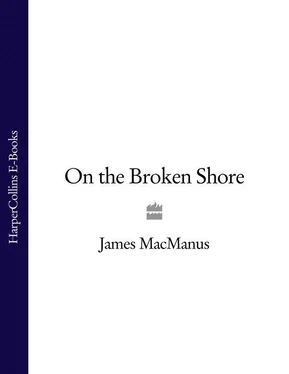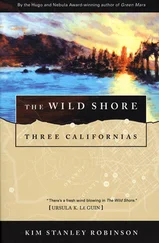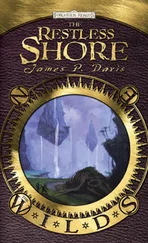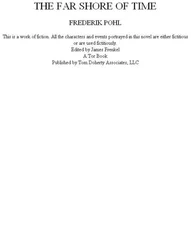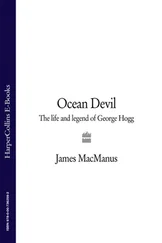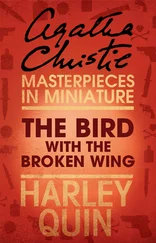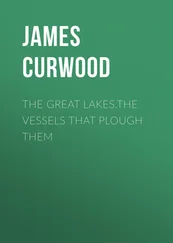The fishermen working out of the deep-water ports of Inverness and Aberdeen had plenty of stories about seals and how they could talk and sing. Even today the older generation who crew the deep-sea trawlers out of Scotland recount the Celtic myths about the selkies, the seals who come ashore, shedding their skin to take human shape as beautiful women. The stories vary little among the fishing communities around the Celtic rim of Britain – the Orkneys, the Hebrides and the Aran Islands off the Irish coast: a seal in human form bewitches and marries a local fisherman only to flee back to the sea, sometimes years later, leaving behind motherless children, broken hearts and empty beds.
Science paid no attention to such fantasies, of course, and at first Kemp thought his own discoveries would be treated in the same light. No one had ever identified and recorded the language of seals until that day in 1992 when his hydrophones had picked up low rumbling noises. At other times he picked up a crescendo of noise, like a bowling ball and the crash of skittles. At first he thought that it was trucks passing over the Cromarty Bridge above him. But the strange rumbling noise continued after the trucks had gone. There, 100 feet down in the darkness of the estuary, harbour seals were making sounds no one had heard before – or if they had heard them, they certainly had not been identified as seal talk.
Kemp had taken his tapes back to the university and played them to his boss at the research unit. Professor Melrose Stubbs had listened, eyes fastened on the revolving spools of tape, smoke from a clenched pipe drifting out of the window.
‘No one’s heard this before?’
‘If they have, they didn’t know what it was.’
‘And you do?’
‘Harbour seals. There was nothing else down there.’
‘And if I said, “So what?”’
Typical Stubbs. He was as impressed as hell, but hated showing it. He delighted in the counter-intuitive challenge, and always insisted on making his students work hard for the answer that he already knew.
So Leo told him what they both knew: that identifying the language of creatures that had been on the planet longer than humans was the start of a scientific journey to unlock the minds of those with whom we share this earth.
They had had a celebratory drink that night, first at the small bar next to the old Cross Keys Hotel, and then back at Stubbs’s flat in Hope Street. It was four o’clock in the morning and light when he and a few collegues straggled down to the West Sands and fell down on the dunes to watch the sun come up over the bay. Freezing cold, of course, but with that much whisky inside them it didn’t matter.
And then, their darkened heads just visible over the waves, a pod of grey seals appeared with the sun, slipping through the water, hunting for sand eels and flat fish that had come in with the tide.
It was a magical moment. And Margot had been somewhere in the crowd that had collected as the party gathered pace throughout the evening; a young primary-school teacher who hung out with the junior academics looking for a little intellectual stimulation and a break from the boredom of cramming maths into the minds of 9-year-olds.
After the publication of his paper ‘Underwater Vocalisation of the North Sea Harbour and Grey Seal’, Kemp’s reputation in the small and cloistered world of sea-mammal research was born. Invitations to speak came from the most prestigious institutions, the ocean sciences department at the University of California Santa Cruz and the Australian Institute of Marine Science among them
Конец ознакомительного фрагмента.
Текст предоставлен ООО «ЛитРес».
Прочитайте эту книгу целиком, купив полную легальную версию на ЛитРес.
Безопасно оплатить книгу можно банковской картой Visa, MasterCard, Maestro, со счета мобильного телефона, с платежного терминала, в салоне МТС или Связной, через PayPal, WebMoney, Яндекс.Деньги, QIWI Кошелек, бонусными картами или другим удобным Вам способом.
